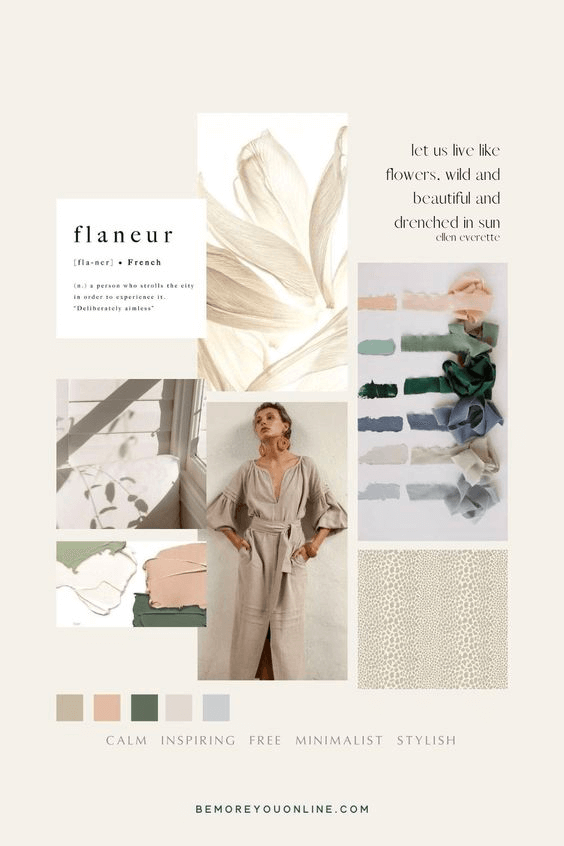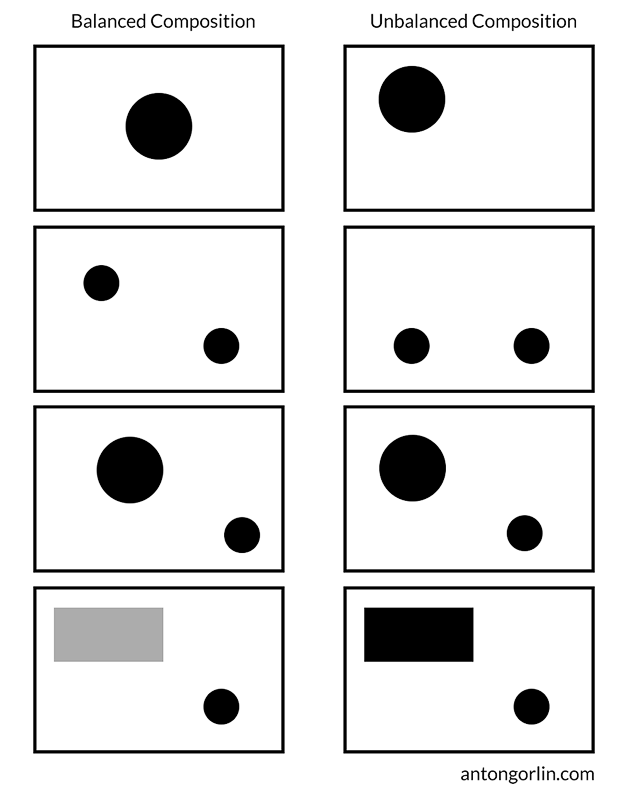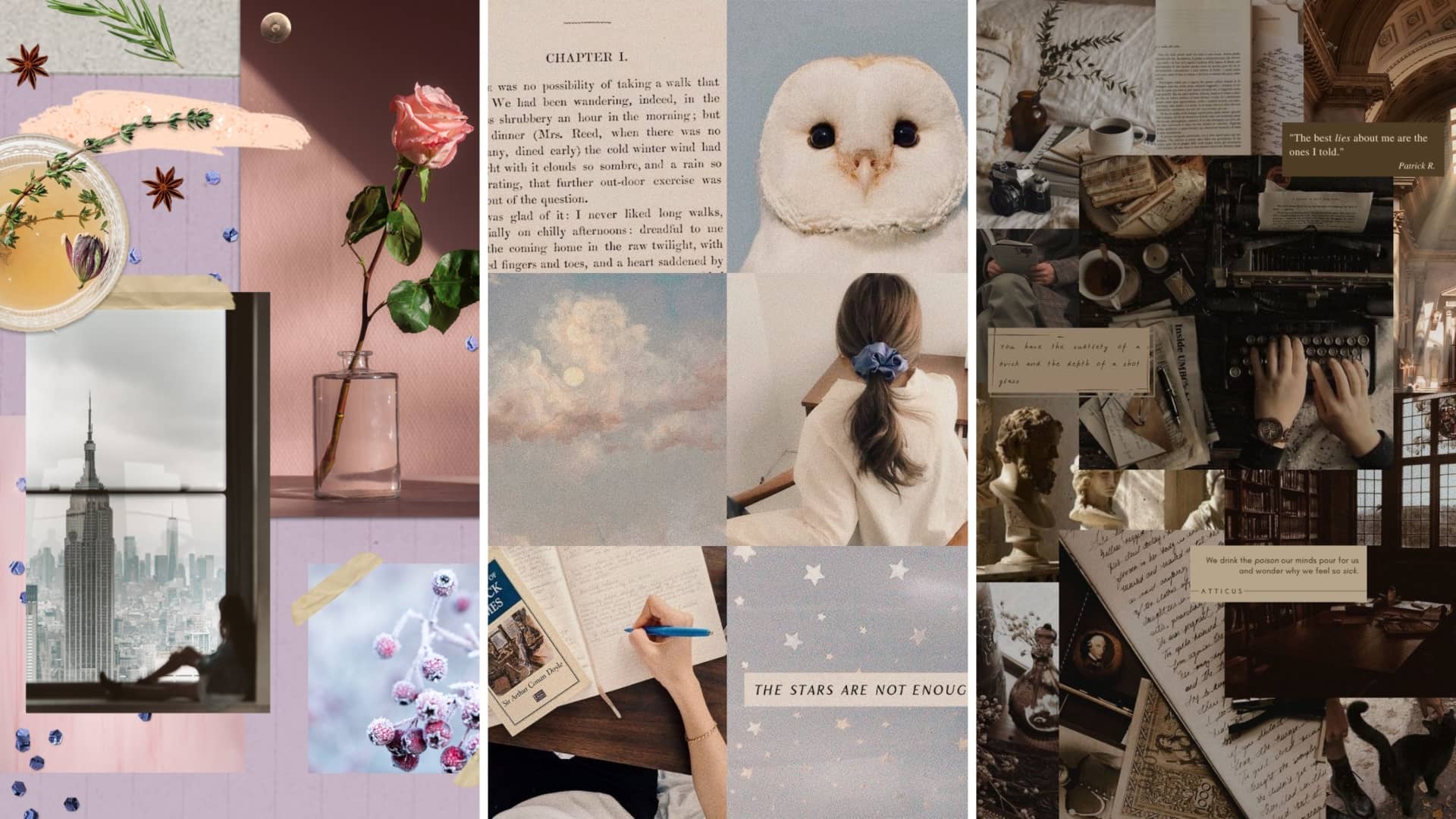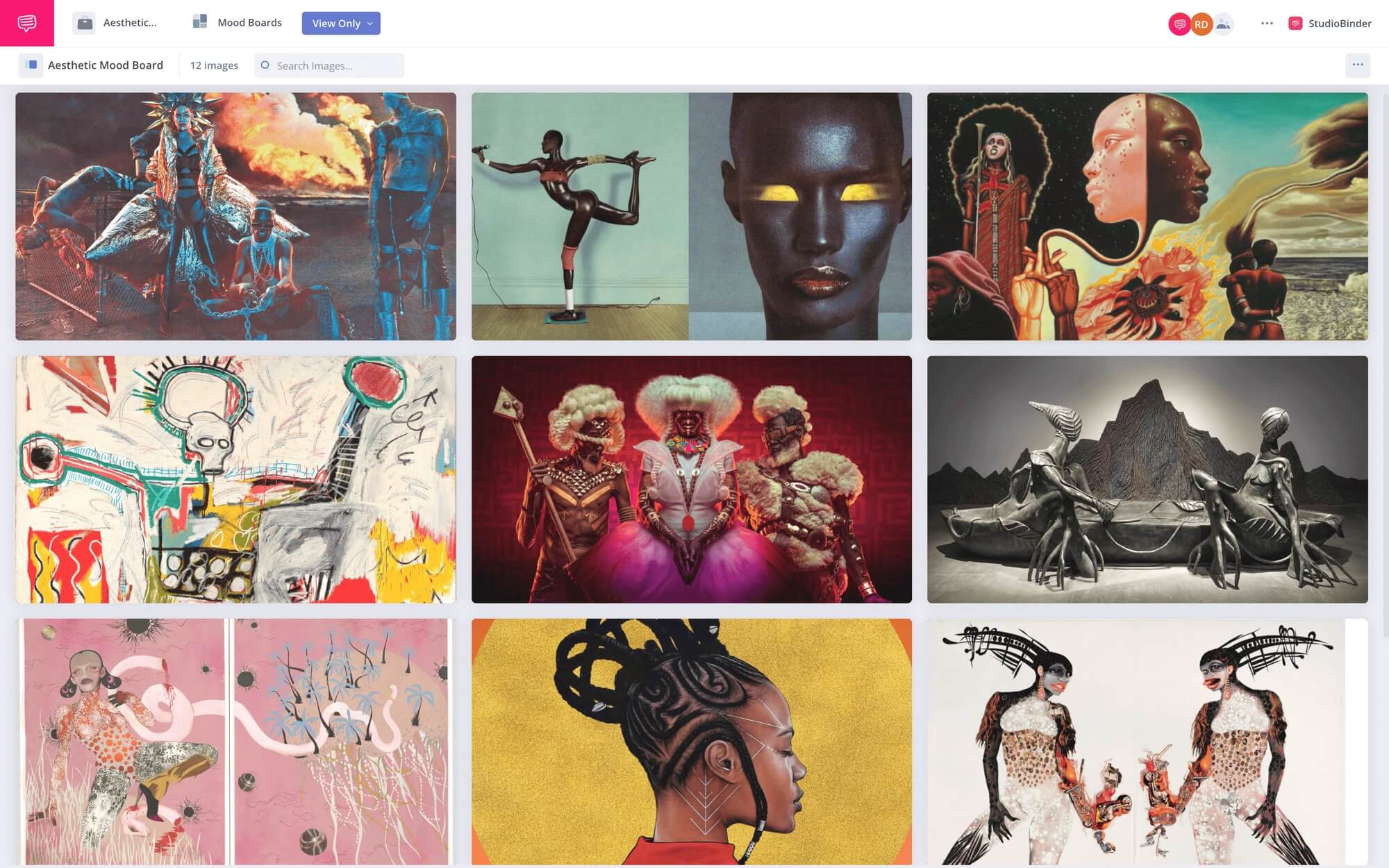If you’re a creative, chances are you have heard of “mood boards” and the many ways they can help inspire your next project. They’re great for helping break through creative blocks, getting a better understanding of the style you are trying to achieve, and providing inspiration for new ideas. But what goes into making an aesthetic moodboard and how can you make your own? Let’s dive in.
Creating a Moodboard Aesthetic
Determine your concept
Determine what you want your mood board aesthetic to represent. Before you start collecting images, it's important to have a clear goal in mind for what you want your board to accomplish. Is this a photography mood board, interior design mood board, or brand mood board?

Brand Mood Board
Determine what details you want to focus on. Are you wanting to focus on a particular color scheme? A certain type of font or design? Or maybe even create something abstract with no specific theme?
Having clarity around this point will help ensure that you don't get too distracted as you gather visuals for your project.
The first step is to decide on the theme for your mood board. Do you want it to have a summery feel? A vintage vibe? Or something modern and fresh? Perhaps you’re looking for something that’s calming and peaceful?
Choosing your theme will help you narrow down which images and textures to include in your mood board.
Related Posts
Making an Aesthetic Mood Board
Collect Visuals
Once you have chosen your theme, start collecting visuals that match it. The visuals could be anything from photos of nature, fashion trends or artworks. You can even use images from magazines, online blogs, Pinterest, etc. Try to keep them within the same color palette so they all flow together nicely.
When collecting aesthetic elements for your aesthetic moodboard keep in mind the overall look and feel that you are trying to achieve. Consider the colors and elements that will be used to create a cohesive aesthetic, as well as the types of media you plan to use for each element.
For example, if you are creating an aesthetic mood board for a fashion project, consider the textures and materials of clothing items.

Fashion Design Aesthetic Mood Board
Once you find something that speaks to you or conveys the message or feeling you want to achieve with your project, save it in one place. We used StudioBinder’s mood board software to create our aesthetic moodboard example that you can check out below.
Aesthetic Mood Board Example
Remember, there are no hard rules for creating an aesthetic mood board. Mood boards are meant to be a tool to communicate your creative vision. This means being open to using materials from any medium that might better communicate that vision.
For example, if you are creating an aesthetic moodboard for fashion, do not be afraid to look at interior design imagery or cinema imagery for inspiration.
Related Posts
Aesthetic Moodboard Maker
Assemble the mood board
Once you have collected all of your aesthetic elements, arrange them in a visually appealing way. This can be done by arranging aesthetic elements into grids, creating shapes with the aesthetic elements, or any other creative design that you feel best represents your aesthetic moodboard project.
With various pieces, it’s important to consider compositional techniques such as proportion and symmetrical balance. These things will help create an instantly aesthetic mood board that is visually pleasing.

Compositional balance in moodboard aesthetic
Experiment with various mood board layouts to fiend the best composition for your concept. An aesthetic moodboard may differ project to project, so do not be afraid to try new things.
Improving a Moodboard Aesthetic
Share and get feedback
Once you’ve finished your board, be sure to export it and share it to get any feedback from peers. Getting feedback on your aesthetic moodboard can be a beneficial way to gain creative inspiration, refine design concepts, or plan a project. An aesthetic moodboard is a visual collection of images, colors, and other elements that reflect the overall aesthetic of a project or concept.
By gathering feedback on an aesthetic moodboard you can determine if your vision is in line with your collaborators, identify potential aesthetic areas that need to be refined, and help narrow down a project’s aesthetic direction.
Creating an aesthetic moodboard doesn't have to be intimidating or hard — it just takes a bit of planning beforehand and some experimentation along the way. With these steps in mind, anyone can create something beautiful that captures their unique vision while still maintaining visual cohesiveness throughout the entire piece.
So go forth and let your creative juices flow. Who knows where they may take you next? Good luck.
Aesthetic Mood Board Template
Create mood boards with a template
If you’re looking for more free mood board templates look no further.
No matter what creative project you're working on, we have mood board templates for photography, film, branded content, and more. See the entire collection in our template library where you'll also find templates for shot lists, storyboards, and AV scripts.
Related Posts
Up Next
Creating an Interior Design Mood Board
A very common reason to make an aesthetic moodboard is for interior design. If this is your goal, check out or next article where we focus on interior design mood boards specifically and the best way to create one.
Up Next: Interior Design Boards →
Showcase your vision with elegant shot lists and storyboards.
Create robust and customizable shot lists. Upload images to make storyboards and slideshows.

